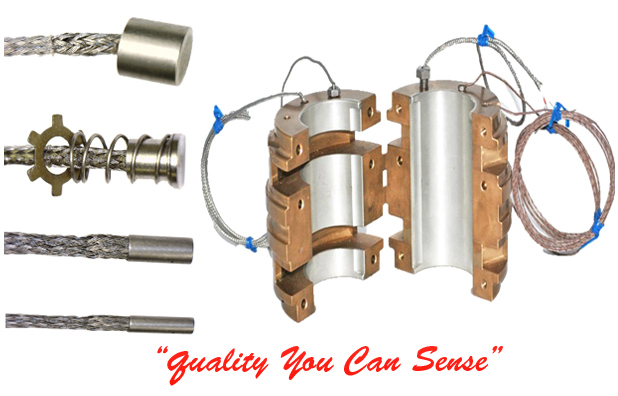Combatting Bearing Failure
Combating Bearing Failure
· Print
Tags: bearing lubrication
- An aircraft manufacturing company was experiencing a high failure rate of roller bearings on machining unit spindles.
- The roller bearings appeared to be failing due to corrosive deterioration of the brass alloy roller cage.
- Unscheduled downtime was on the rise. Uptime was reduced to just a few days on some of the units while manufacturing quotas were severely hindered.
Laboratory Lubricant Analysis
- Various samples were submitted for analysis to determine the cause of the accelerated bearing wear in the machine-tooling units. The analysis consisted of selected used oil samples from each piece of equipment as well as different lot numbers of new oil samples and sludge that developed in the lubricating system.
- Inspection of the failed bearings showed that corrosion caused severe roughening of the brass cage surfaces and loss of material.
- The material loss skewed and misaligned the rollers within the races, as well as exposed parts of the rivet shank, further accelerating bearing failure.
- Analysis revealed higher than normal corrosion characteristics when compared to the new oil. Test results indicated chlorides were present in some of the used lubricating oil, as well as used metalworking coolant fluid and sludge material, which had formed in the oil reservoir system. One sample taken from the machine experiencing the highest failure rate contained 5,000 ppm of chlorine and 11.9 percent water.
Evaluation
- It was determined that coolant from the machining units was entering the lubricating oil system and reacting with the yellow metal in the roller bearings. The coolant contamination was causing the roller cage to corrode.
- The coolant contamination was also reacting with the lubricating oil and brass forming a sludgy material, comprised mostly of metal sulfonates. The sludge material began plugging filters and oil passages, subsequently starving the system of proper lubricant flow.
- Coolant for this machine spindle head externally washes the tooling parts during operation and was designed to be a closed internal lubricating system. There was no apparent source for cross-contamination between these two fluids until a plastic garbage bag was wrapped around strategic locations on an operating tooling machine. (The plastic bag was used for the one-time demonstration and then removed.) The bag was sucked in toward the machine unit due to a vacuum created from a pressure differential. This visually demonstrated that there was a pressure differential between the points of ingress at the machine tooling head and the surrounding outside atmosphere. This convinced the aircraft parts manufacturer of the nature of
the problem.
- It was also determined that the pumping pressure of the lubricating oil was too low and the pumps were undersized, thus contributing to the pressure differential.
Solution
- All contaminated fluid was drained and replaced after retrofits were put in place.
- The machine tooling units were inspected for adequate pressure level of the lubricating fluid, air seals and low pressure areas that are created in the system and would inhibit the ingress of condensation, which could be inhaled from the surrounding coolant laden atmosphere.
- Unsuspected points of ingress that were previously unknown were isolated and corrected with a series of retrofits to the machining unit. A new lubrication pump design was also installed, which brought operating pressures up to the required level.
Impact
- The high failure rate of the machine bearings was eliminated. The units ended up setting company-wide production records.
- Initially the units were down every three to seven days for repairs. After correcting the problem, downtime was reduced to three times per year for scheduled maintenance for one to two days.
- The machine tooling units were put on a regular oil analysis schedule. This enabled the aircraft manufacturing company to select a less expensive lubricating fluid that still met its requirements. Lubricating fluid savings: $30,000 year. Downtime and repairs savings: $50,000 year. Total annual savings: $80,000.
Submitted by David Doyle of CTC
Practicing Oil Analysis (11/2001)
|
